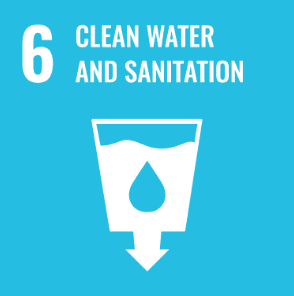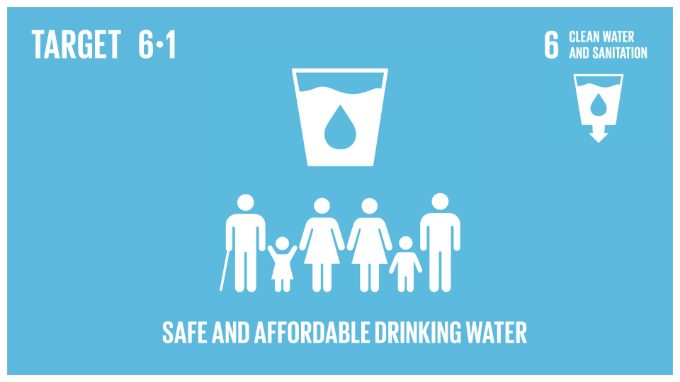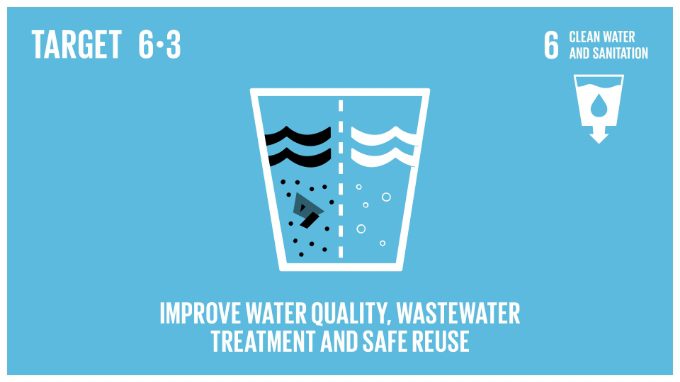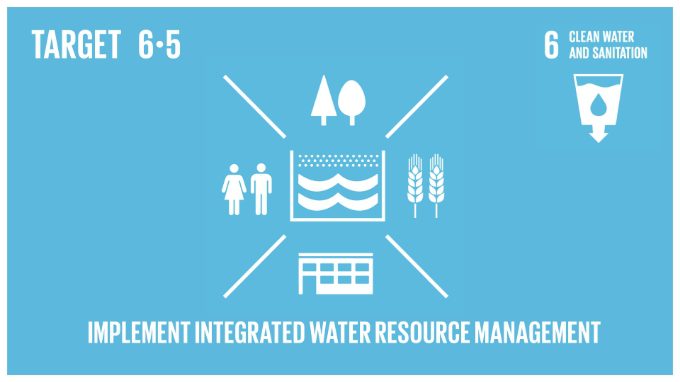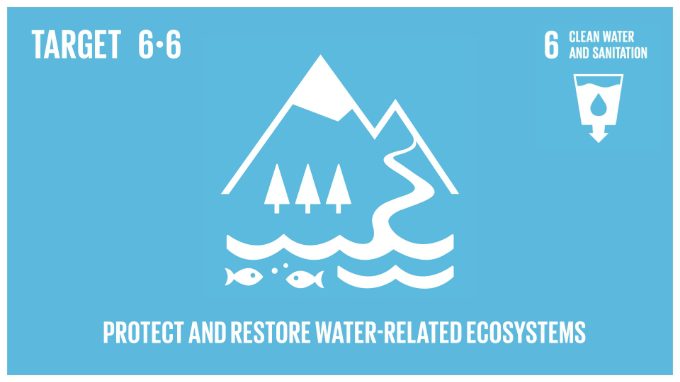Overview:
One in three people live without sanitation. This is causing unnecessary disease and death. Although huge strides have been made with access to clean drinking water, lack of sanitation is undermining these advances. If we provide affordable equipment and education in hygiene practices, we can stop this senseless suffering and loss of life.
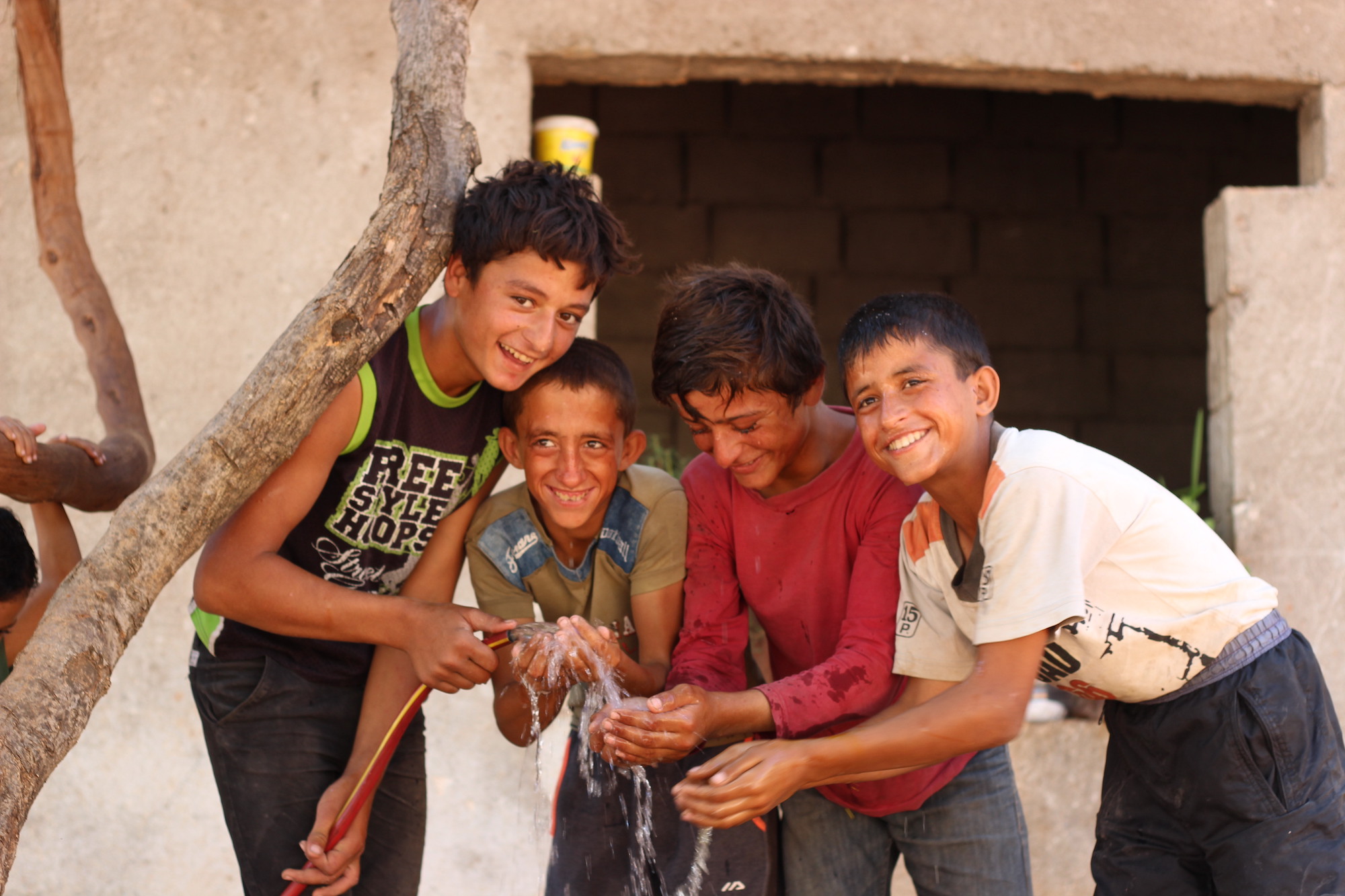
International Progress 2023:
Billions of people still lack access to safe water, sanitation, and hygiene, despite improvement in the provision of these basic services. Water scarcity is a growing problem in many parts of the world, and conflicts and climate change are exacerbating the issue. In addition, water pollution is a significant challenge which affects both human health and the environment in many countries.
Achieving universal coverage by 2030 will require a 6-fold increase in current global rates of progress on drinking water, a 5-fold increase for sanitation, and an 8-fold increase for hygiene. Boosting infrastructure investment, improving cross-sectoral coordination, and addressing climate change is key to getting SDG6 back on track.
Targets —
-

Target 6.1 / 6.2
Despite progress, 2.2 billion people still lacked safely managed drinking water services, 3.4 billion lacked safely managed sanitation services, and 1.9 billion lacked basic hygiene services in 2022. While the majority live in rural areas, the unserved population is decreasing in rural areas and stagnating or increasing in urban areas. Achieving universal coverage by 2030 will require an increase of 5 to 8 times the current rate.
-

Target 6.3
An estimated 58% of wastewater generated by households was safely treated in 2022, based on data from 140 countries and territories. Trends for domestic wastewater suggest that little, if any, progress is being made towards the target of halving the proportion of unsafe discharges by 2030.
-

Target 6.4 (i)
Water use efficiency rose from $17.4/m3 in 2015 to $18.9/m3 worldwide in 2020, which represents a 9% efficiency increase. Around 57% of countries presented a water use efficiency equivalent to $20/m3 or less in 2020, compared to 58% in 2015.
-

Target 6.4 (ii)
At the global level, water stress remains at a safe level of 18.2% in 2020, but this figure masks vast regional variations and indicates a 1.2% increase from 2015 to 2020. In 2020, water stress levels ranged from high in Southern Asia and Central Asia to critical in Northern Africa. The situation in Western Asia and Northern Africa is particularly concerning since it registered an 18% increase in water stress levels from 2015 to 2020.
-

Target 6.5 (i)
One in two countries still lacks effective frameworks for sustainable water management. A lack of cross-sector coordination over water use, between agriculture, industry, energy production, and household supply, threatens the achievement of several SDGs, including those on food, energy, and life on land. While progress has been made globally since 2015—from 49/100 in 2017 to 54/100 in 2020—the rate of implementation needs to double to achieve the target.
-

Target 6.5 (ii)
Data from 2017 and 2020 show that only 32 out of 153 countries that share transboundary rivers, lakes, and aquifers have 90% or more of those waters covered by operational arrangements.
-

Target 6.6
The extent of surface water bodies, including lakes, rivers, and reservoirs, is rapidly changing across the entire planet, with one in five river basins experiencing high (i.e. above natural) fluctuations in surface water during the last 5 years
-

Target 6.a
ODA disbursements to the water sector decreased between 2015 and 2021 from $9.1 billion to $7.8 billion, a decrease of 15%. Total ODA commitments to the water sector have also reduced by 13% from $10.8 billion in 2015 to $9.4 billion in 2021. Commitments peaked at $13 billion in 2017 and have decreased every year since.
-

Target 6.b
Since 2016, the percentage of countries having procedures for local community participation defined in law or policy has remained high (over 70%) for both rural drinking water and for water resources management. However, the percentage of countries with high levels of participation remains consistently low (under 40%).
Ireland’s
Progress 2023:
In Ireland all water policy and management is guided by the Water Framework Directive under which Ireland has been set a target of achieving at least ‘good status’ for all waters in the country, along with no deterioration. Despite a lot of work over the last 20-30 years we are falling short in achieving this target, and water quality has declined in recent years. At the current level of progress, Ireland will fail to meet the EU and national goal of restoring all waters to good or better status by 2027.
The water quality at half (50%) of the monitored river water bodies in Ireland is categorised as being at ‘good’ and ‘high’ ecological status. The remaining half are at less than good (50%). Almost one fifth (18.5%) of monitored river water bodies are in poor or bad status and are severely polluted. In 2022, three bathing waters were classified as ‘Poor’, up from two in 2021.
Agriculture is the most significant pressure on water quality, and the key issue is eutrophication, driven by excess phosphorus in freshwaters and excess nitrogen in estuarine and marine waters. Diffuse pollution is widespread and presents the greatest challenge. Commercial forestry is also a significant pressure on water quality and freshwater biodiversity at a national level and is a critical pressure nationally impacting on ecologically important water bodies. Poor regulation of the sector has resulted in a situation where 450,940 ha of peatlands in Ireland have been inappropriately afforested, 60% of which is State owned.
Targets —
-

By 2030, achieve universal and equitable access to safe and affordable drinking water for all.
CSO data
Claim: Achieving
6.1.1 All households (99.9%) in Ireland had a piped water supply in 2016.
6.1.1
Proportion of population using safely managed drinking water services
-

By 2030, achieve access to adequate and equitable sanitation and hygiene for all and end open defecation, paying special attention to the needs of women and girls and those in vulnerable situations.
CSO data
Claim: Achieving
6.2.1 All households (99.9%) in Ireland had sewerage facilities in 2016.
6.2.1
Proportion of population using (a) safely managed sanitation services and (b) a hand-washing facility with soap and water
-

By 2030, improve water quality by reducing pollution, eliminating dumping and minimizing release of hazardous chemicals and materials, halving the proportion of untreated wastewater and substantially increasing recycling and safe reuse globally.
CSO data
Status: Not achieving
6.3.1 By 2019, 98.6% of urban wastewater received at least primary treatment.
6.3.2 Good ambient water quality was recorded in 59% of water bodies in Ireland. The proportion of rivers with good ambient water quality was 53%, while 50% of lakes and 92% of groundwater bodies had a good ambient water quality. Over a third (34%) of rivers have unsatisfactory phosphate concentrations. One quarter (26%) of sites are showing an increasing phosphate trend for the period 2017-2019. Over a quarter of lakes (27%) had unsatisfactory total phosphorus concentrations with 22% showing an increasing trend. Over a fifth (22%) of Groundwater sites have high (>25mg/l N03) nitrate concentrations and three sites (2%) exceed the drinking water standard (>50 mg/l N03) Loads of total nitrogen and total phosphorus to the marine environment from our rivers have increased by 24% (13,559 tonnes) and 31% (338 tonnes) respectively since 2012-2014.
6.3.1
Proportion of wastewater safely treated
6.3.2
Proportion of bodies of water with good ambient water quality
-

By 2030, substantially increase water-use efficiency across all sectors and ensure sustainable withdrawals and supply of freshwater to address water scarcity and substantially reduce the number of people suffering from water scarcity.
CSO data
Status: Level of water stress increasing
6.4.1 Change in water use efficiency over time – data for Ireland is currently being developed at national level and will be made available when finalised.
6.4.2 Change in water use efficiency over time – data for Ireland is currently being developed at national level and will be made available when finalised.
6.4.1
Change in water-use efficiency over time
6.4.2
Level of water stress: freshwater witdrawal as a proportion of available freshwater resources
-

By 2030, implement integrated water resources management at all levels, including through transboundary cooperation as appropriate.
CSO data
Claim: Achieving
6.5.1 The degree of integrated water resource management (IWRM) in 2020 was 81% .
6.5.2 All transboundary basins (for rivers, lakes and aquifers) had an operational arrangement for water cooperation in 2020.
6.5.1
Degree of integrated water resources management
6.5.2
Proportion of transboundary basin area with an operational arrangement for water cooperation
-

By 2020, protect and restore water-related ecosystems, including mountains, forests, wetlands, rivers, aquifers and lakes.
CSO data
Claim: Achieving
6.6.1 Between the time periods 2007-2011 and 2013-2017 the water body extent which was ‘maybe permanent’ was relatively stable, dropping only slightly from 1,528.12 km2 to 1,515.69 km2.
6.6.1
Change in the extent of water-related ecosystems over time
-

By 2030, expand international cooperation and capacity-building support to developing countries in water- and sanitation-related activities and programmes, including water harvesting, desalination, water efficiency, wastewater treatment, recycling and reuse technologies.
CSO data
Status: Fiscal support reducing
6.a.1 In 2019, €2.548 million was spent on water and sanitation, out of a total Official Development Assistance (ODA) budget of €705.6 million. Therefore, water and sanitation accounted for less than 1% of Ireland’s total ODA budget
6.a.1
Amount of water- and sanitation-related official development assistance that is part of a government-coordinated spending plan
-

Support and strengthen the participation of local communities in improving water and sanitation management.
CSO data
Claim: Achieving
6.b.1 Across the water sector in Ireland there are many varied policies and procedures for the participation of local communities in water and sanitation management. There are many relevant organisations working in this area and details of some of these are provided below.
6.b.1
Proportion of local administrative units with established and operational policies and procedures for participation of local communities in water and sanitation management


